|

 
What is The Little Book of Honey about?
Well hello, and thank you for asking. My new book is ‘The Little Book of Honey’, a gorgeously illustrated collection of the stories behind honeys around the world, along with recipes for breads and biscuits, brunches and teatimes, desserts and dressings.
Ever wondered what the honey from avocado flowers tastes like? Want to make your own honey ice cream? Interested in how beekeeping is fighting poverty and its effects in Nigeria and in Hackney?
The book is wonderfully designed by Su Jones and Paddy McEntaggart who have produced block-print style graphics for each page (and a cute flickbook effect bee around the page numbers!). Our previous collaboration, Travels in Blood and Honey was called ‘delightful’ by The Times and Sophie Grigson wrote that it was ‘Enthralling…. Food, above all honey, is the key that unlocks the doors between cultures’. That book won a Gourmand award.
What genre is it?
It’s non-fiction – a mixture of recipes and short articles of stories about honey.
What are some of the recipes in the book?
There are over 20, of all levels of complexity, and from around the world including Jewish challah bread, a Russian herbal honey drink, New Zealand honey pikelets, Yemeni honey bread, honey smoothie, British austerity era honey biscuits, baklava, honeyed pear en papillote, pain d’epices, Turkish honey and orchid root drink, honey vinaigrette, honey ice lollies, honeyed popcorn, and Welsh honey muffins (my personal favourite). There are also notes on how to substitute honey for sugar in general baking, for people trying to live more sustainably and from local suppliers.
Where does your interest in honey come from?
There’s something very magical about the idea of honey production – as Eddie Izzard says, ‘Bees make honey, which is weird because do earwigs make chutney? Do spiders make gravy?’. So it seemed to me that becoming a beekeeper would be like being a wizard and I’d always dreamed of having my own beehive and being able to source sweet stuff at the bottom of my garden. Once I had my own bees of course I got interested in the range of honeys that were possible, the stories of other beekeeping projects, and the ways that people use the honey they harvest, which is how The Little Book of Honey came about.
What kind of readers will it appeal to?
Foodies, people interested in eating local, beekeepers.
If we have only tasted supermarket honey what are we missing?
Some of the honey you can buy in the supermarket is fine. I don’t want to be a honey snob, and I deliberately included in the book a piece about the delights of clover honey, for example, which is one of the most common monofloral honeys that’s available in many supermarkets. I’m depressed by how many supermarkets don’t stock local honey, though – it’s a shame not to be supporting local producers and the local environment. And the honey with the least interesting taste – just a sort of amber drool – is the honey scraped out of the bottom of barrels in lots of different countries and stirred together – marketed in the UK with a ‘mix of EU and non-EU honeys’ disclaimer on the label. That honey is just going to taste ‘sweet’ whereas if you get honey from one region or one type of flower you’ll get the influence of that flower and that terroir in the taste. It’s really exciting to track the taste of coriander seeds, for example, in honey from coriander flowers. Or the similarities between apple blossom honey and the fruit of the tree.
What is the most surprising use of honey that you’ve come across?
Somebody wrote to me after my book was published to tell me how she’d successfully used Manuka honey as ointment on a sore on her dog’s leg. But that can’t compete with the ancient Egyptians placing corpses in vats of honey to preserve them. Apparently it worked.
What was the most challenging part of producing this book?
Eating honey is never a chore, but I did have to refine my tastebuds and find ways to describe dozens of different honeys in the research for The Little Book of Honey.
Eating honey – that’s a chore we’d all love to help with! How long did you have to undergo this terrible hardship for?
18 months, though the book drew on experiences and experiments from years before that – meetings with beekeepers all over the world, struggling to make baklava while I lived in Kosovo.
Kosovo? Tell us a bit more about yourself.
I divide my time between Kosovo and Cornwall (overlooking the Atlantic). We moved to Kosovo six years ago with my partner’s job and since we’ve lived there, we’ve set up The Ideas Partnership charity which now has 90 volunteers and 5 paid members of staff, working on environmental, education and cultural heritage projects. It’s been in Kosovo that I have done so many things for the first time – milked my first cow, smoked my first cigar, and looked inside my first beehive. My book about those experiences, and others (‘Travels in Blood and Honey; becoming a beekeeper in Kosovo’) was published by Signal Books in 2011. I’m now finalising my next book which has nothing to do with honey, but lots to do with Kosovo, about the Edwardian anthropologist Edith Durham, called ‘Edith and I; adventures with an Edwardian traveller in Kosovo’.
How can readers keep up with your adventures?
People can find me on Twitter @elizabethgowing.
Where can we buy your book?
Go to www.thelittlebookofhoney.co.uk or it’s available on Amazon ( US , UK ).
What’s next?
‘Edith and I; adventures with an Edwardian traveller in Kosovo’ will be out in 2013, telling the story of anthropologist, writer and aid worker Edith Durham, and my quest to track her down a century later.
 
Enjoyed this interview? Then check out our conversation with Tom Evans
|




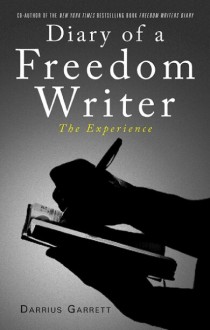
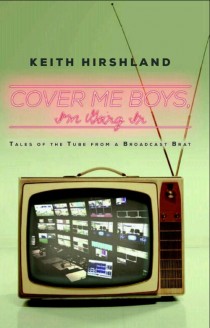
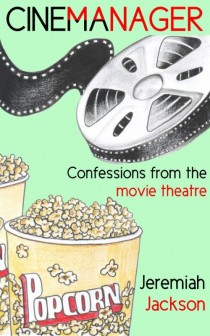
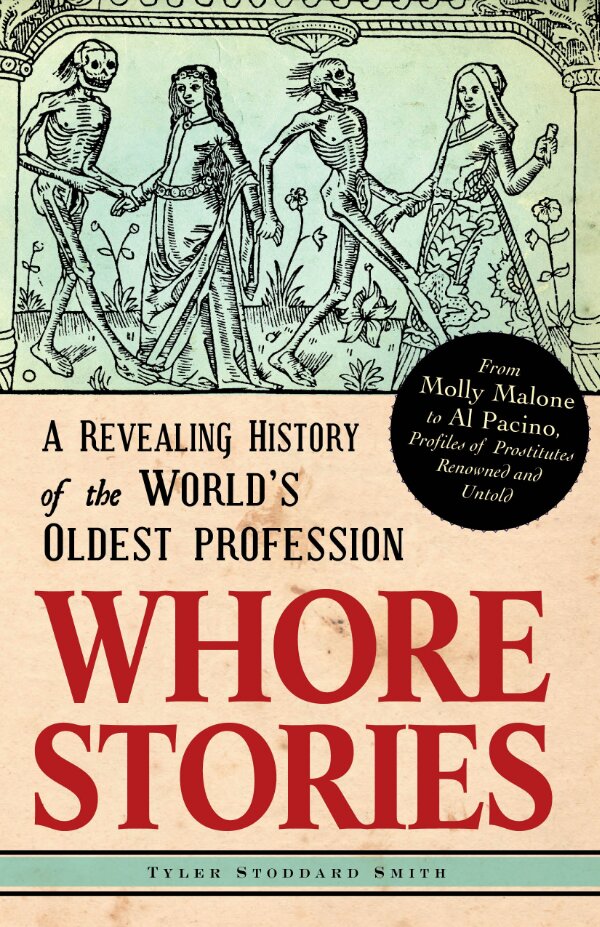
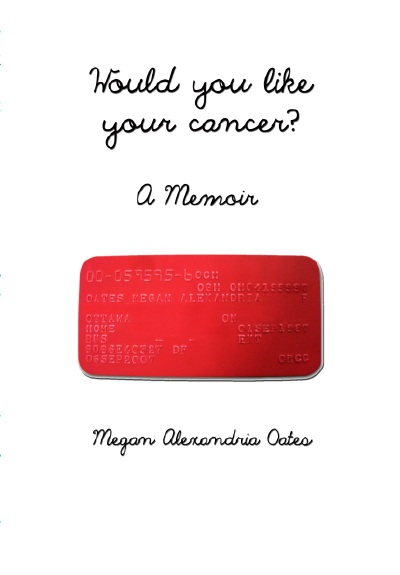
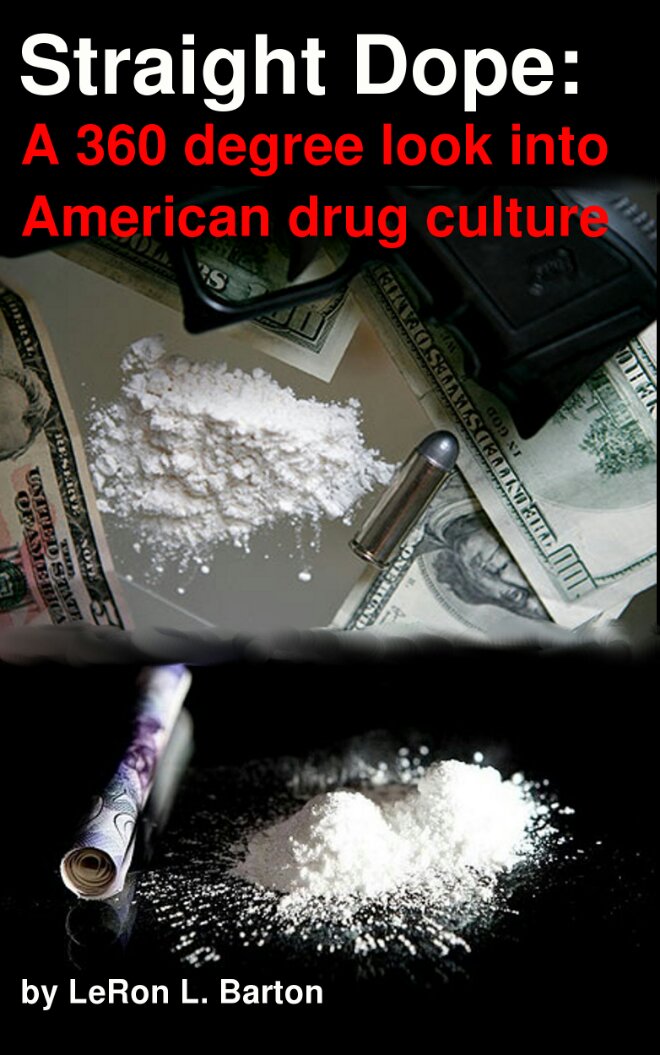
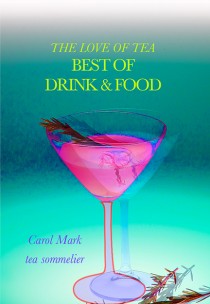
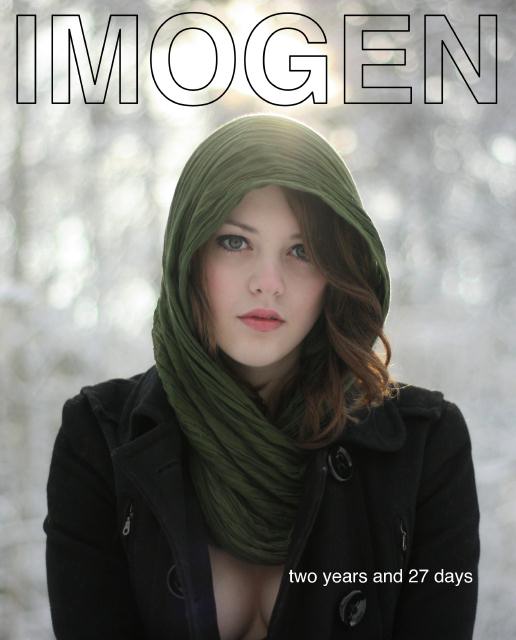
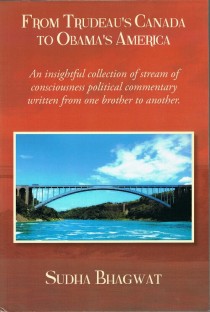
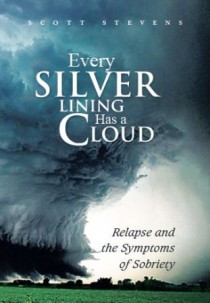
Pingback: Book review and guest post – ‘The Little Book of Honey’ by Elizabeth Gowing | Adventuresinbeeland's Blog
Pingback: Interview with Elizabeth Gowing, author of Edith & I | Indie Author Land